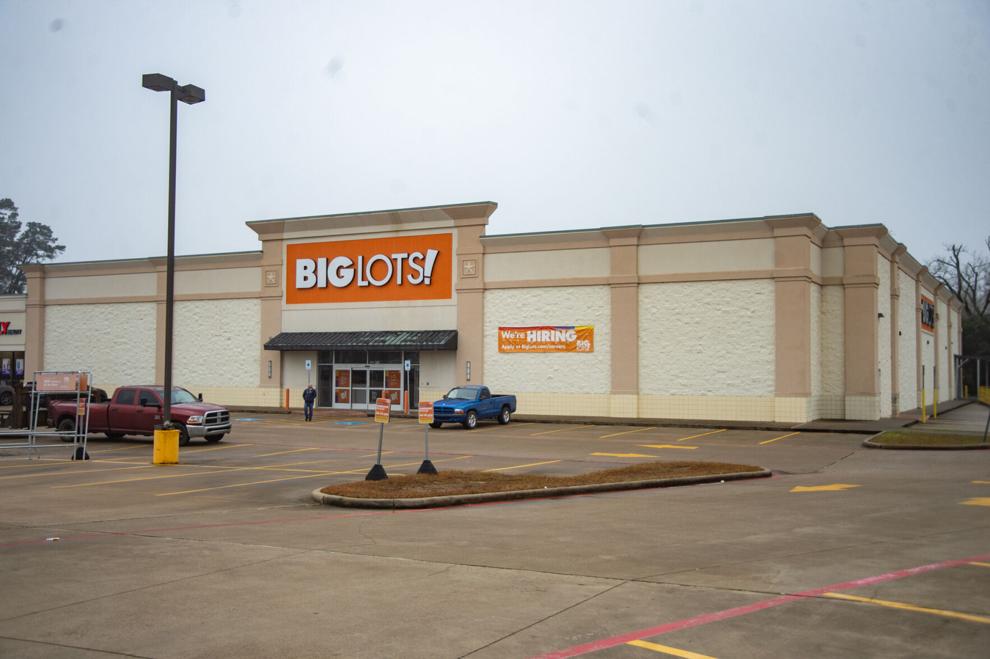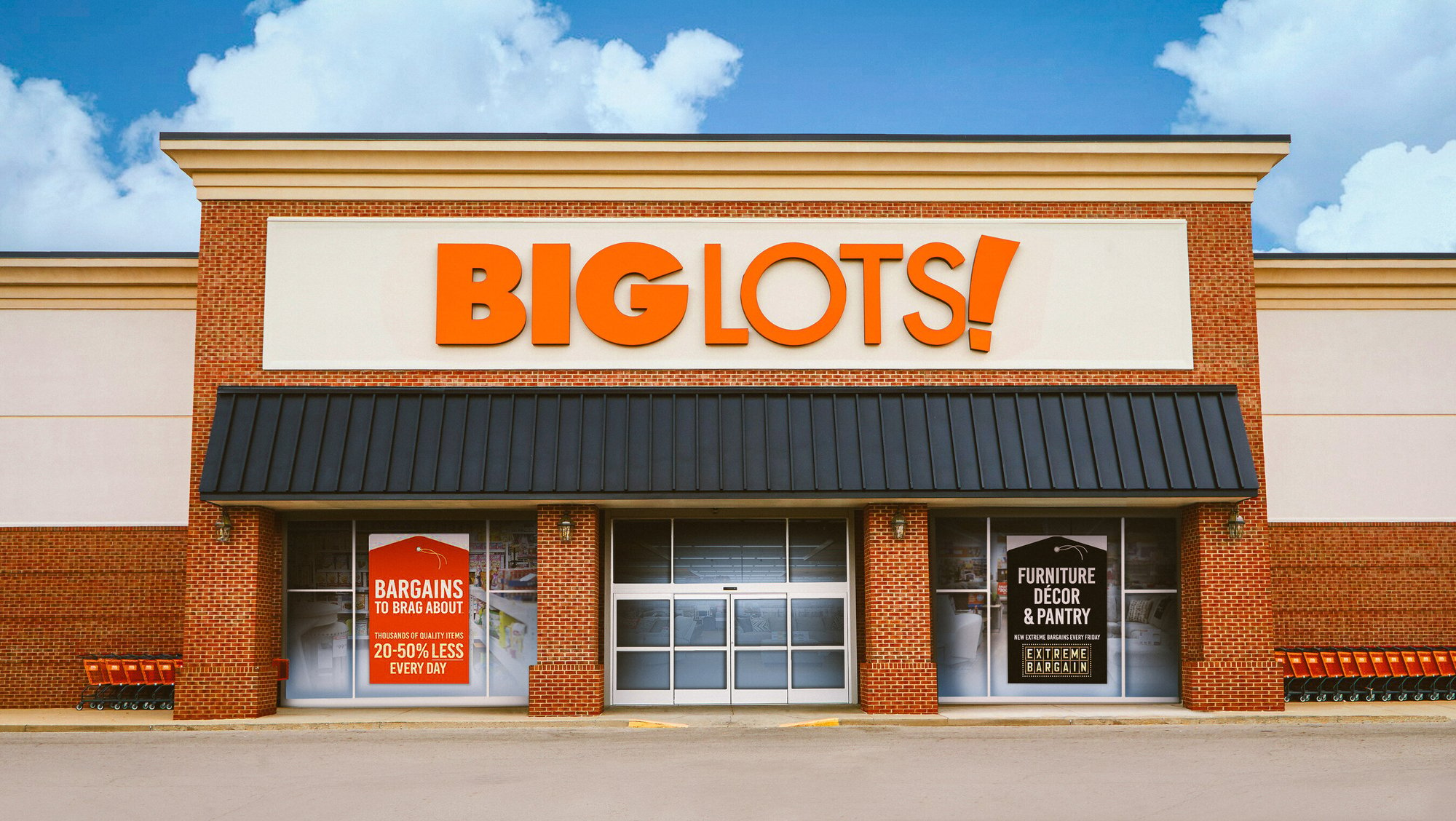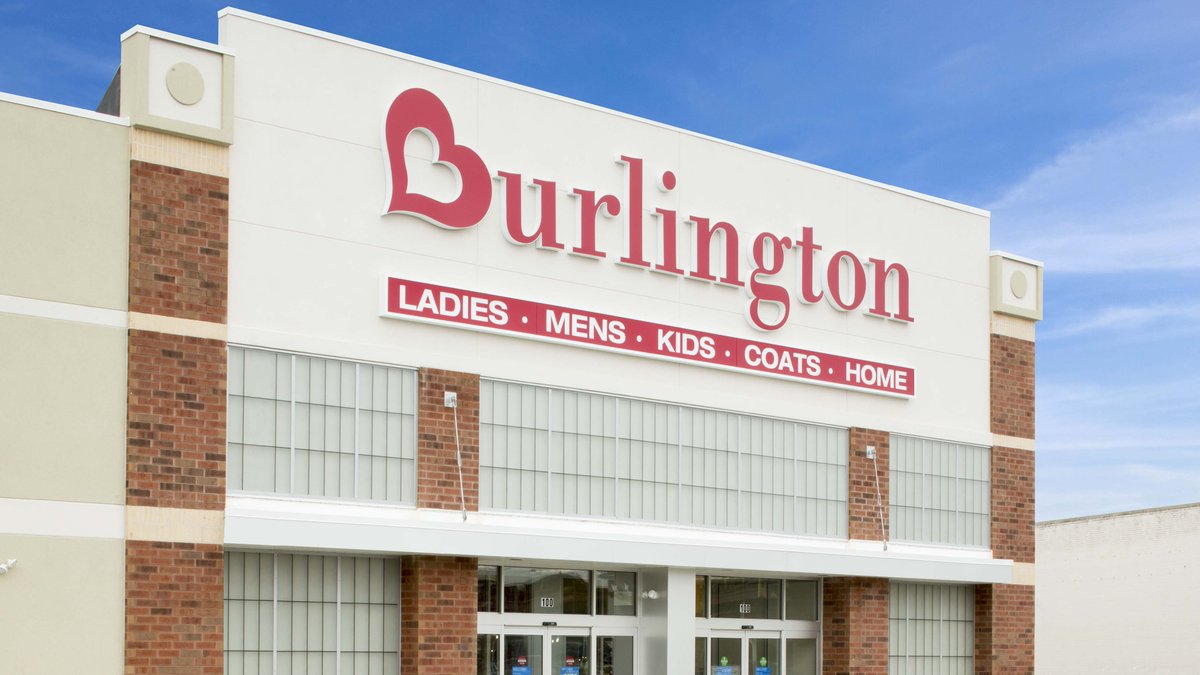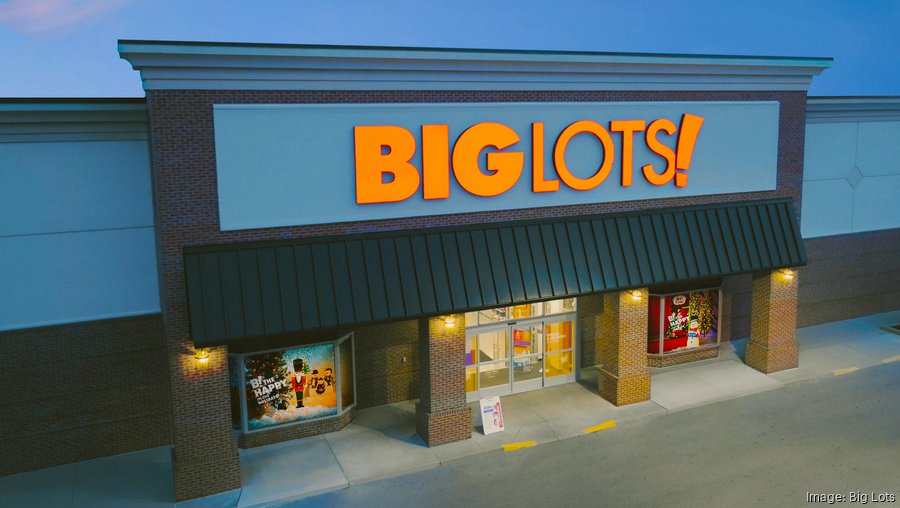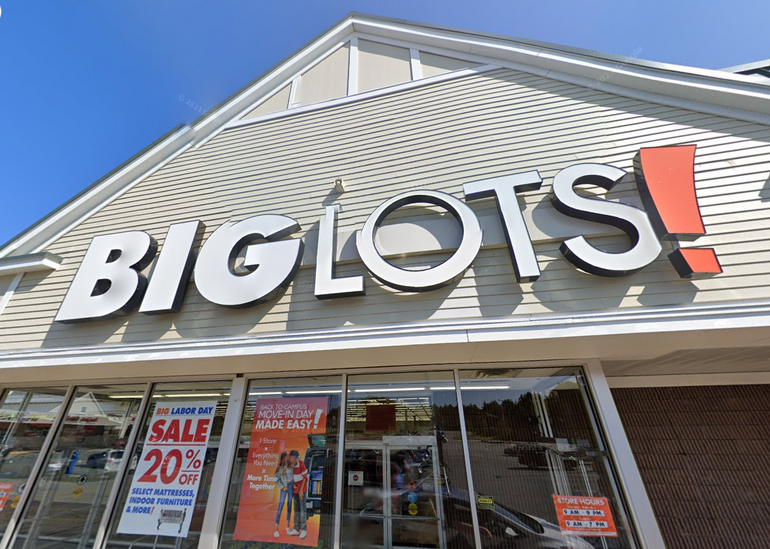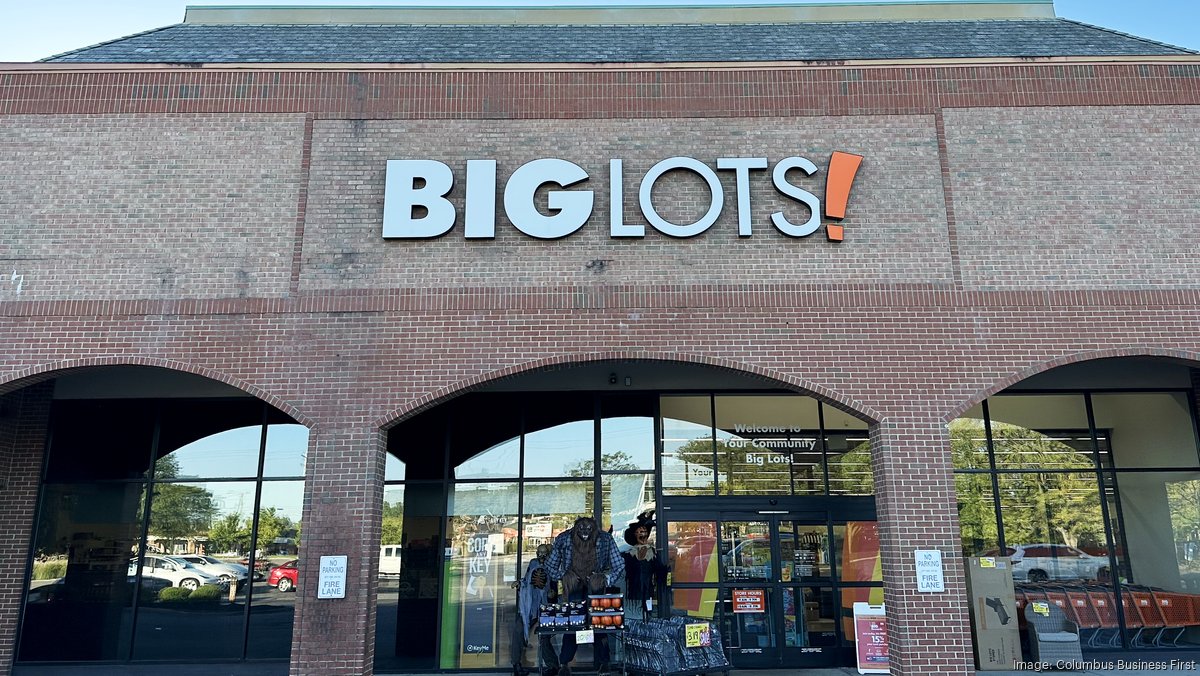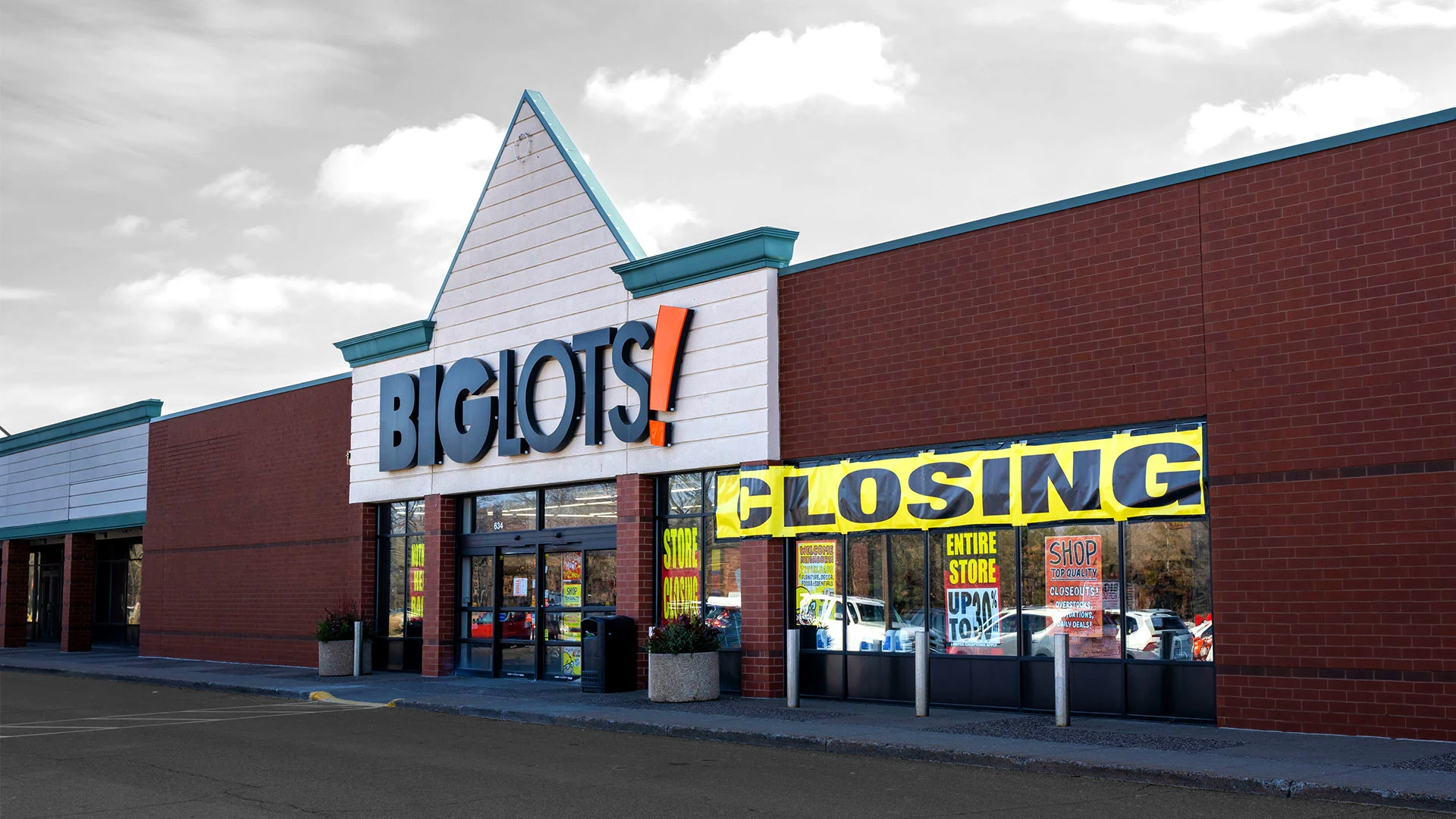Leases Of Former Big Lots Stores Are Being Sold.

Imagine a familiar sight: the sprawling, red-lettered facade of a former Big Lots store, standing silent, a beacon of potential in a bustling commercial district. For years, it was a hub of bargain hunting, a treasure trove of everything from discounted furniture to quirky household goods. Now, these vacant spaces, emblems of a shifting retail landscape, are poised for a new chapter.
Leases for numerous former Big Lots locations across the country are being actively marketed and sold, presenting a wave of opportunities for new businesses and developers. This movement signifies more than just the shuffling of retail spaces; it represents a dynamic reshaping of local economies, reflecting evolving consumer habits and a renewed focus on strategic real estate investment.
The Rise and Recent Restructuring of Big Lots
Big Lots, once a dominant force in the discount retail sector, experienced a period of significant growth, expanding its footprint to over 1,400 stores nationwide. The company's appeal lay in its ability to offer a diverse range of products at deeply discounted prices, attracting a broad customer base seeking value and affordability.
However, in recent years, Big Lots faced challenges, including supply chain disruptions, increased competition from online retailers, and shifts in consumer spending patterns. These factors led to financial pressures, resulting in store closures and a strategic restructuring plan aimed at streamlining operations and improving profitability.
According to the company's recent financial reports, while challenges remain, efforts are underway to enhance the customer experience, optimize inventory management, and strengthen the brand's position in the market.
Unlocking Potential: The Lease Sale Opportunities
The availability of these former Big Lots leases represents a significant opportunity for a variety of businesses and developers. These spaces are often located in prime retail locations, offering high visibility, ample parking, and established customer traffic.
“These are valuable spaces, often in well-established commercial areas,” explains Sarah Chen, a commercial real estate broker specializing in retail properties. “The existing infrastructure and established foot traffic make them attractive options for businesses looking to expand or establish a presence in a new market.”
The lease sale process is typically handled by commercial real estate firms working on behalf of Big Lots or the property owners. Interested parties can submit bids or proposals outlining their intended use of the space and their financial capabilities.
Who Might Be Interested?
The potential tenants or buyers are diverse. They could include grocery stores, fitness centers, entertainment venues, or even other retailers looking to expand their presence.
Smaller, local businesses could also find these spaces ideal for establishing a flagship store or expanding their operations. The size and layout of many former Big Lots locations are well-suited for a variety of retail and service-oriented businesses.
Even distribution and warehouse companies may express interest, especially if the locations offer advantageous logistical connections. The key is location, access, and the ability to repurpose the existing space efficiently.
The Impact on Local Communities
The revitalization of these vacant retail spaces can have a positive impact on local communities. New businesses can bring jobs, generate tax revenue, and provide valuable goods and services to residents.
Moreover, filling these empty storefronts can improve the overall appearance and vitality of commercial districts. It helps to create a more vibrant and attractive environment for shoppers and visitors.
However, it's crucial that the new businesses align with the needs and preferences of the local community. Careful consideration should be given to the types of businesses that are most likely to succeed and contribute positively to the area.
Navigating the Changing Retail Landscape
The lease sales also mirror a wider trend across the retail sector. Traditional brick-and-mortar stores are adapting to meet the challenges posed by e-commerce and evolving consumer behavior.
Many retailers are embracing omnichannel strategies, integrating online and offline sales channels to provide a seamless shopping experience. Others are focusing on creating unique and experiential retail environments to attract customers.
The repurposing of former Big Lots stores exemplifies this adaptation, highlighting the importance of innovation and adaptability in the face of change. Real estate developers and business owners must understand these dynamics to make informed decisions about these available leases.
A Reflective Look at the Future
As these former Big Lots locations transition into new hands, they represent more than just vacant spaces awaiting occupancy. They stand as symbols of opportunity, resilience, and the ever-evolving nature of the retail world.
The success of these ventures will depend on a combination of factors, including careful planning, innovative business strategies, and a deep understanding of the needs and desires of the local community. It's about building something new while respecting the history and context of the space.
The transformation of these spaces offers a compelling glimpse into the future of retail, a future where adaptability, community engagement, and a keen understanding of consumer behavior are essential for success. This is a new chapter, and it promises to be an interesting read.
